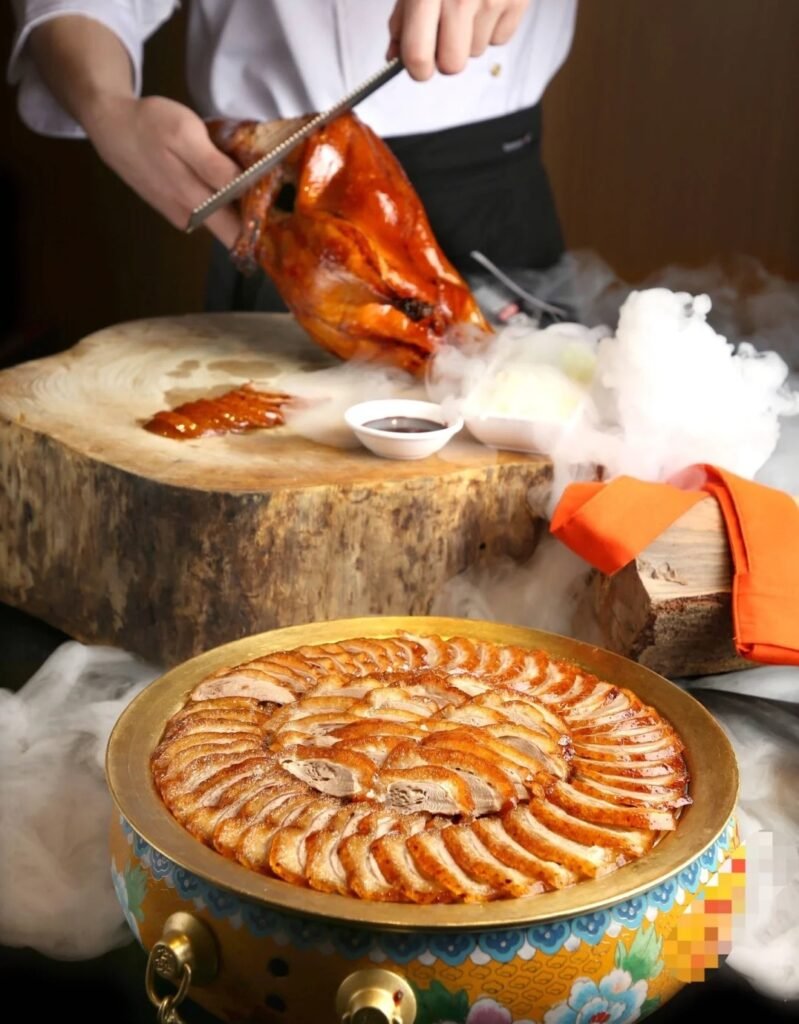What makes the Great Wall of China so legendary?
Picture this: a wall so immense it winds across mountains, valleys, and deserts, like a dragon weaving through China’s breathtaking landscapes. This is the Great Wall of China—not just a wall, but a series of fortifications built over 2,000 years. Each section was constructed by different dynasties, with the most famous parts built by the Ming Dynasty (1368–1644). Its purpose? To guard against northern invasions like the Mongols, and protect vital trade routes like the Silk Road.
But it’s not just a relic of military strategy—it’s a living monument to human ambition and determination. Every brick, tower, and winding path tells a story of people who worked tirelessly—through heat, snow, and rugged terrain—to build something that would stand the test of time. When you’re there, gazing at the vast landscapes it traverses, it’s impossible not to feel humbled. It’s like touching history itself. And while it’s awe-inspiring in photos, trust me, seeing it in person is a whole different experience—it’s China at its most majestic!
When is the Best Time to Visit the Great Wall?
Best time of year: Spring (April to May) or autumn (September to November) offer the most comfortable weather and jaw-dropping views. Spring brings mild weather and a carpet of blooming pink flowers, while autumn dazzles with hills ablaze in shades of red, orange, and gold. Summer is lush and photogenic but can get brutally hot—plus, there’s no shade on the Wall to escape to. Winter transforms the Wall into a snow-dusted wonderland, but be prepared for biting cold, strong winds and limited access. That said, the Great Wall is incredible no matter the season—just do yourself a favor and skip the public holidays to avoid the crowds!
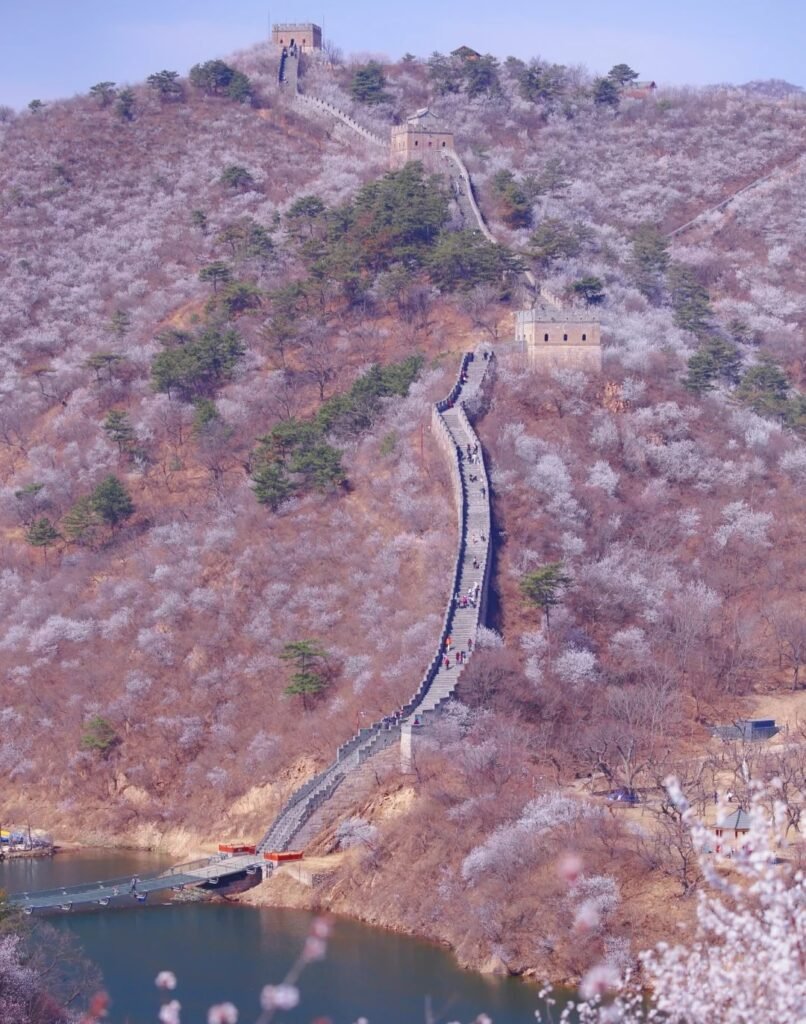
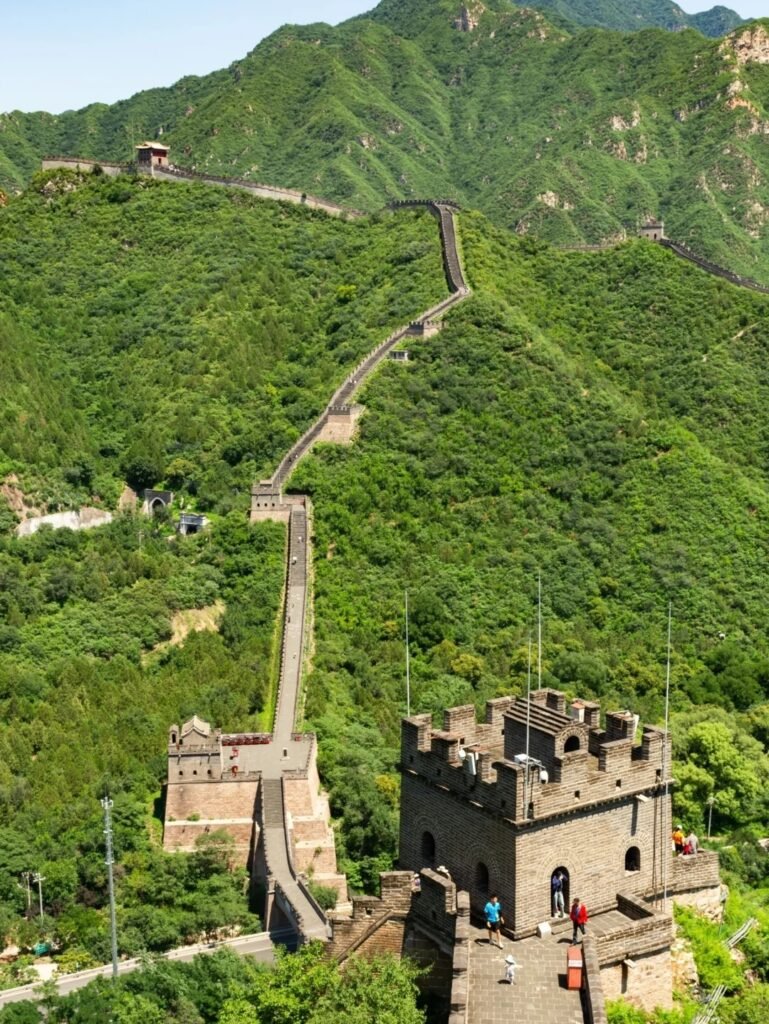
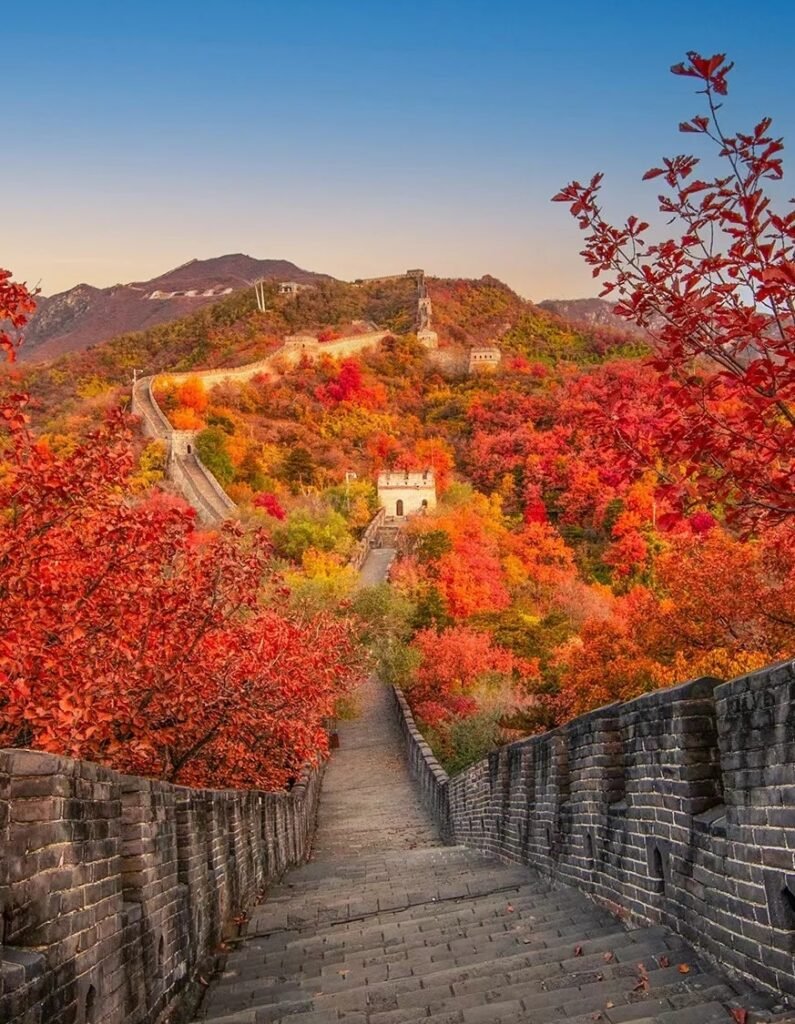

Best time of day: early morning or late afternoon is ideal. If you’re an early riser, aim to get there just as it opens—there’s something magical about walking the Wall bathed in the soft morning light, with cool air and hardly anyone around. Late afternoon is another great choice; by then, the crowds have typically thinned out, and the golden hour casts a magical glow over the Wall and its surrounding landscapes. In recent years, some sections have introduced night visits, offering a unique perspective and a cooler alternative during summer. These night visits are seasonal, usually from late spring to early fall, so be sure to check in advance. Also keep in mind that night visits only open a small portion of the Wall (1-2 watchtowers rather than the full stretch).
Which section of the Great Wall to visit?
When most people think of the Great Wall, they imagine a single, continuous structure. In reality, it’s made up of several distinct sections, each offering a unique experience. Here, I’ll highlight the best sections to visit near Beijing, with tips on what to expect and who each is best suited for. You can find their locations in the map below. Let’s dive in!
Badaling (八达岭): The Iconic and Crowded Star
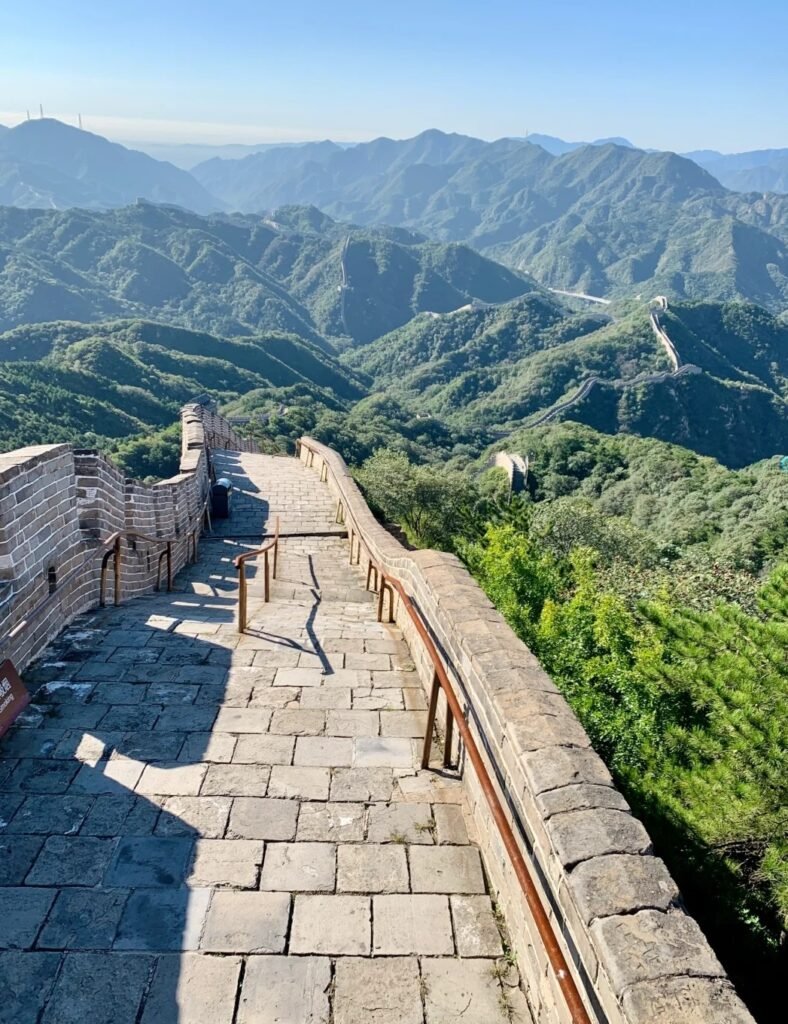
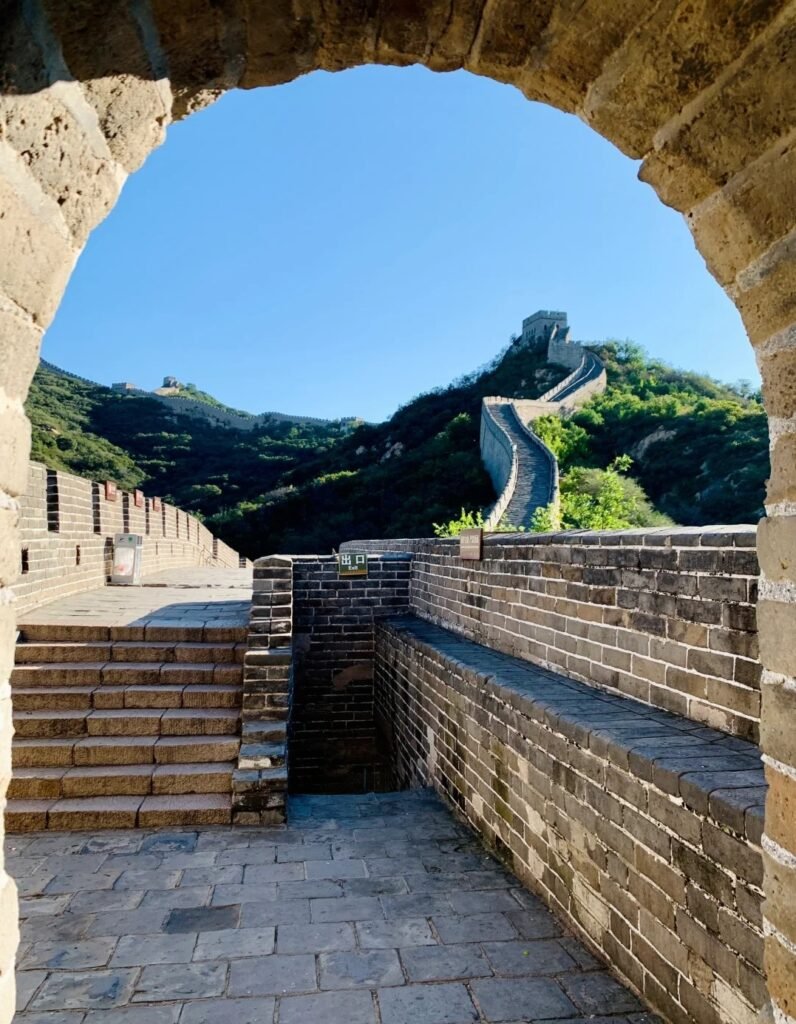
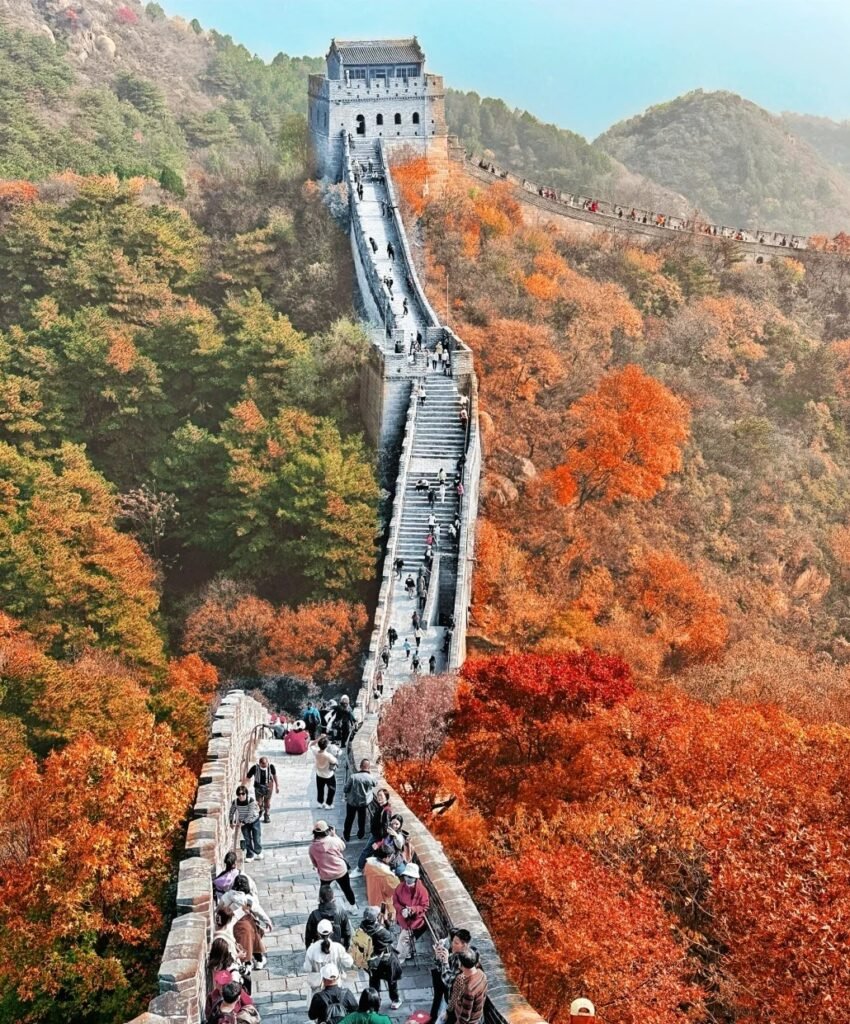
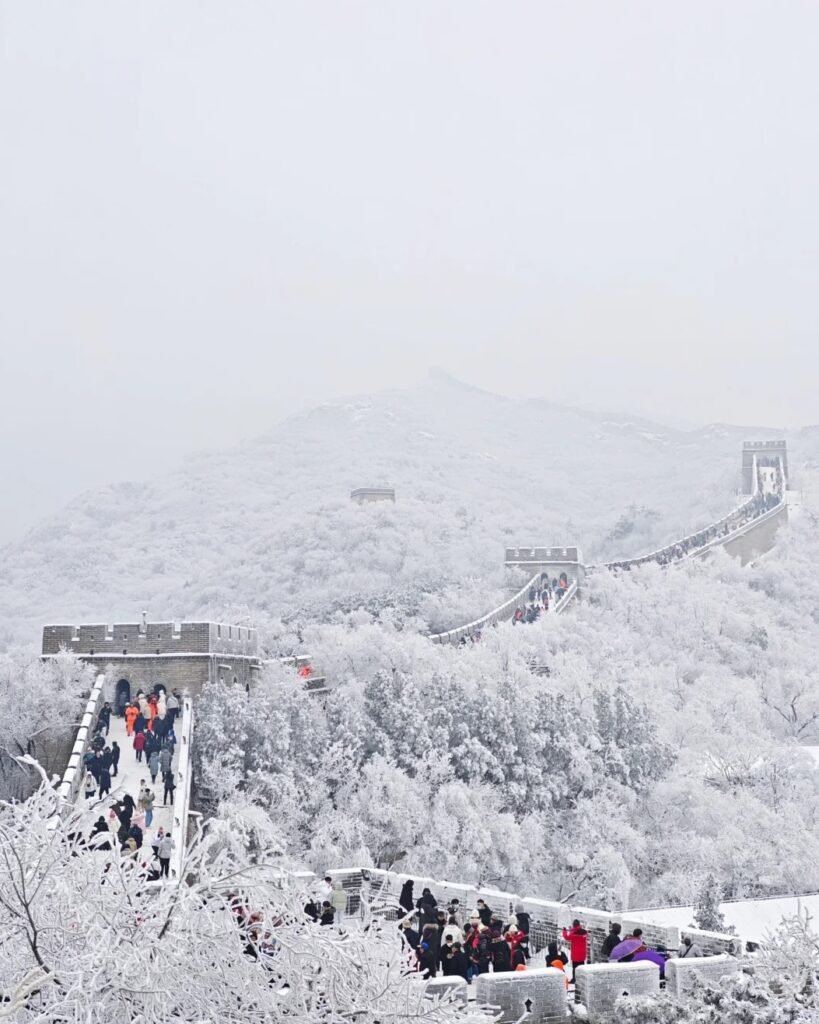
Badaling is the most famous and visited section of the Great Wall, and it’s not hard to see why! Close to Beijing with excellent transportation links, it was the first section opened to tourists and remains one of the best-preserved. Its wide, sturdy pathways and jaw-dropping mountain views make it a standout. Plus, with multiple cable car options, it’s one of the most accessible sections. This is the iconic Great Wall experience—the one you’ve seen in countless photos and films.
Best for: Families and those seeking convenience.
Keep in Mind: With its fame comes crowds and long lines, which take away from the experience for me personally. I much prefer the quieter alternatives—read on to find the best ones!
Mutianyu (慕田峪): The Perfect All-Around Great Wall Destination
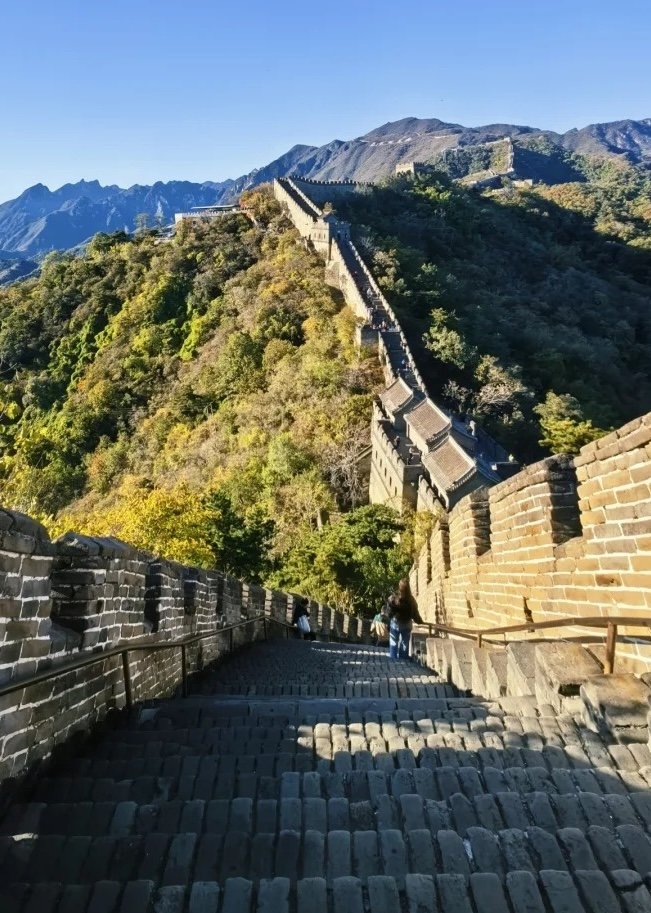
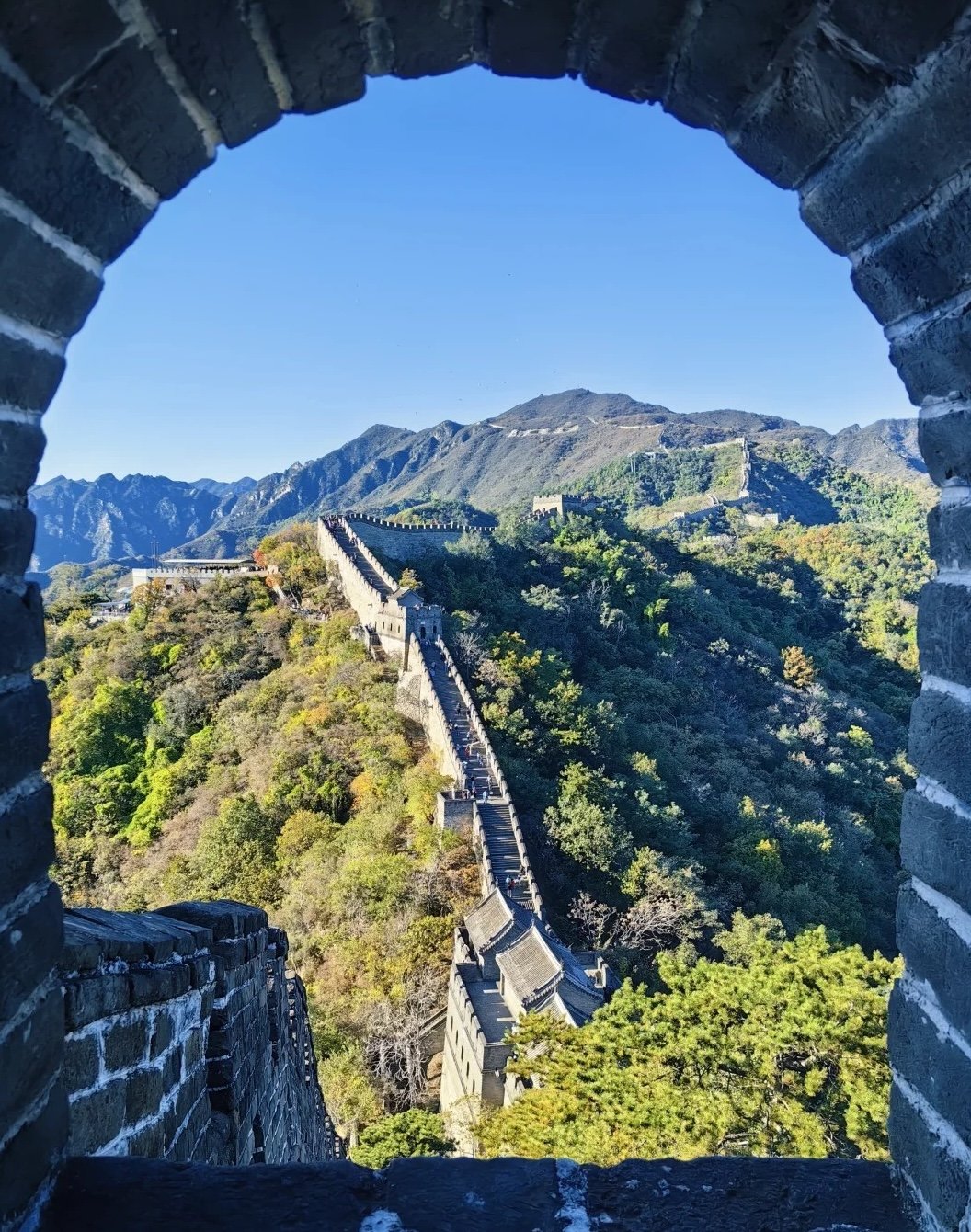
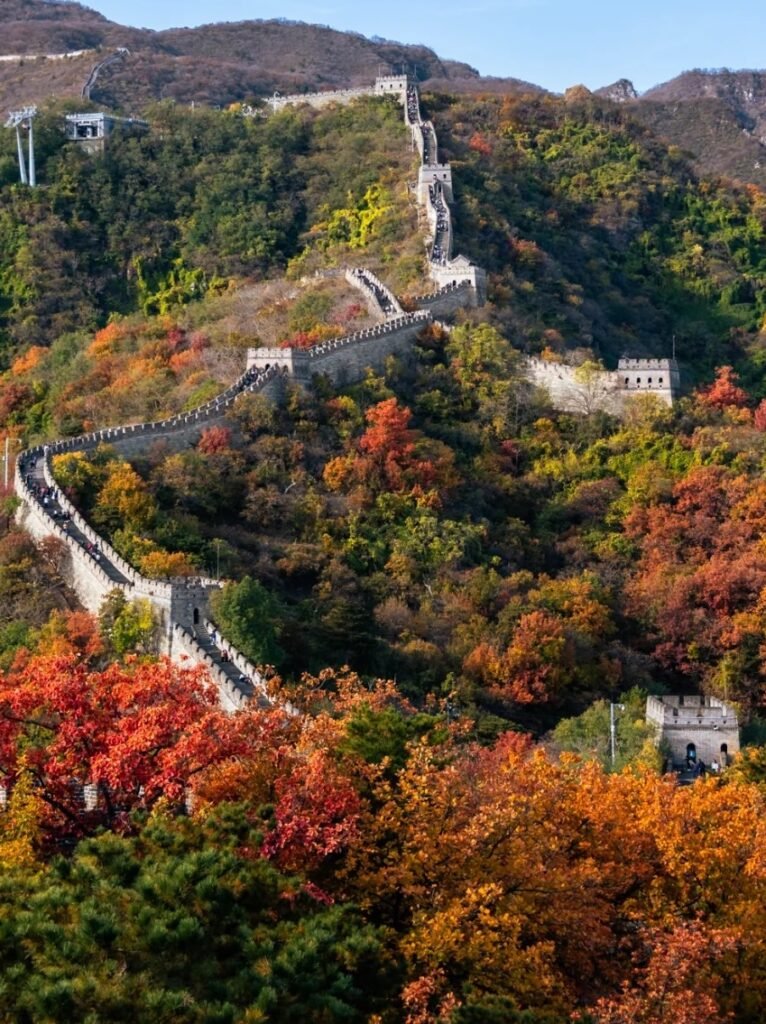
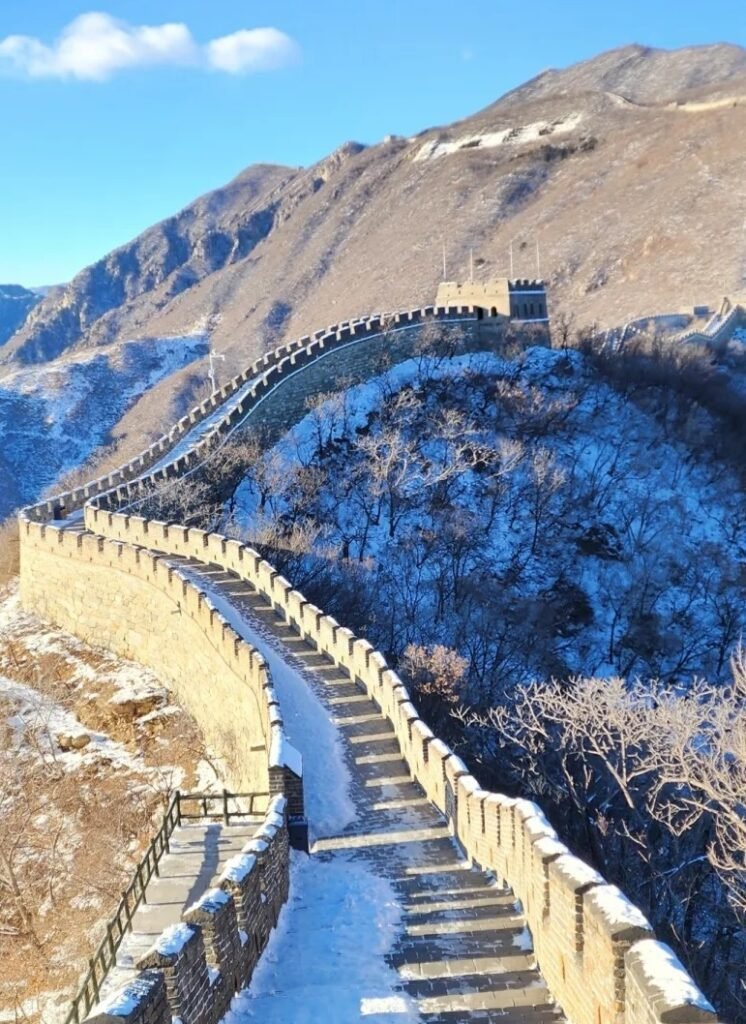
Mutianyu ticks all the boxes: easy access, fewer crowds, and breathtaking scenery. While it’s a bit farther from Beijing than Badaling, it’s still an easy day trip but offers a more peaceful experience, with far fewer crowds. The section comes with fantastic amenities that make exploring easy and family-friendly, including a chairlift to get you up the wall with ease and a toboggan ride down that’s as exhilarating as it is unique. The views here are stunning too, from lush greenery in summer to fiery autumn foliage. It’s no wonder locals often recommend Mutianyu for first-time visitors, and I couldn’t agree more!
Best for: First-timers, Families, and those seeking convenience without crazy crowds. If you’re torn between different Great Wall sections, Mutianyu is a great all-around choice!
Keep in Mind: Though the crowds here are much smaller than Badaling‘s, Mutianyu is still a popular spot and can get busy during holidays. If you’re looking for secluded and off-the-beaten-path sections, check out Jinshanling and Simatai!
Juyongguan (居庸关): The Final Guardian of Beijing
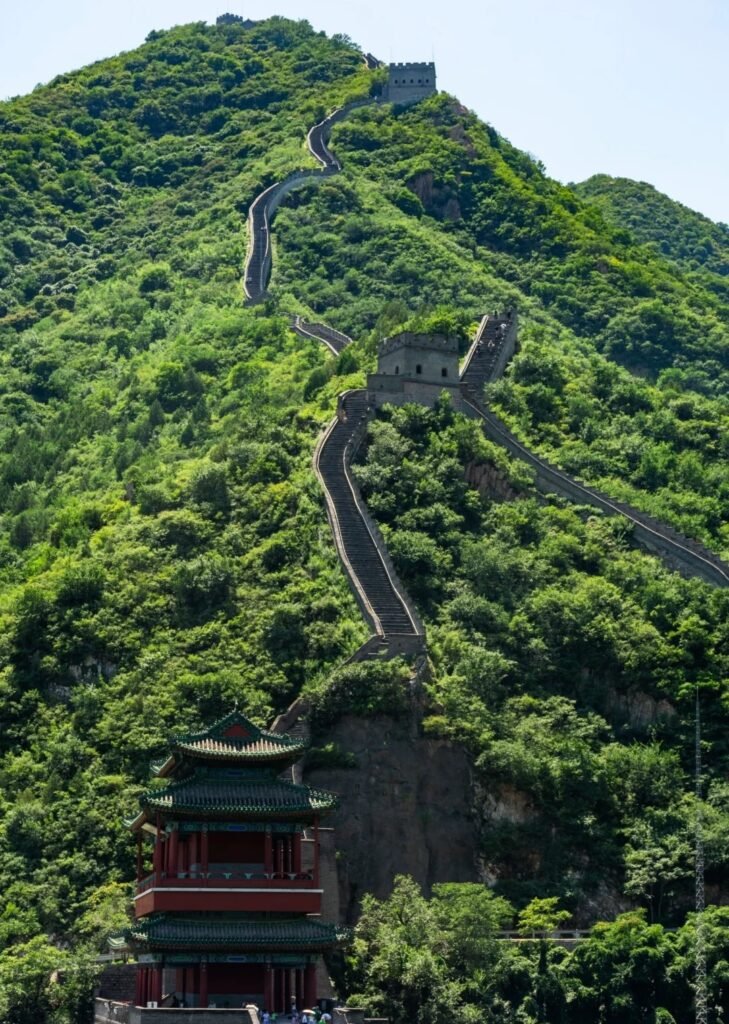
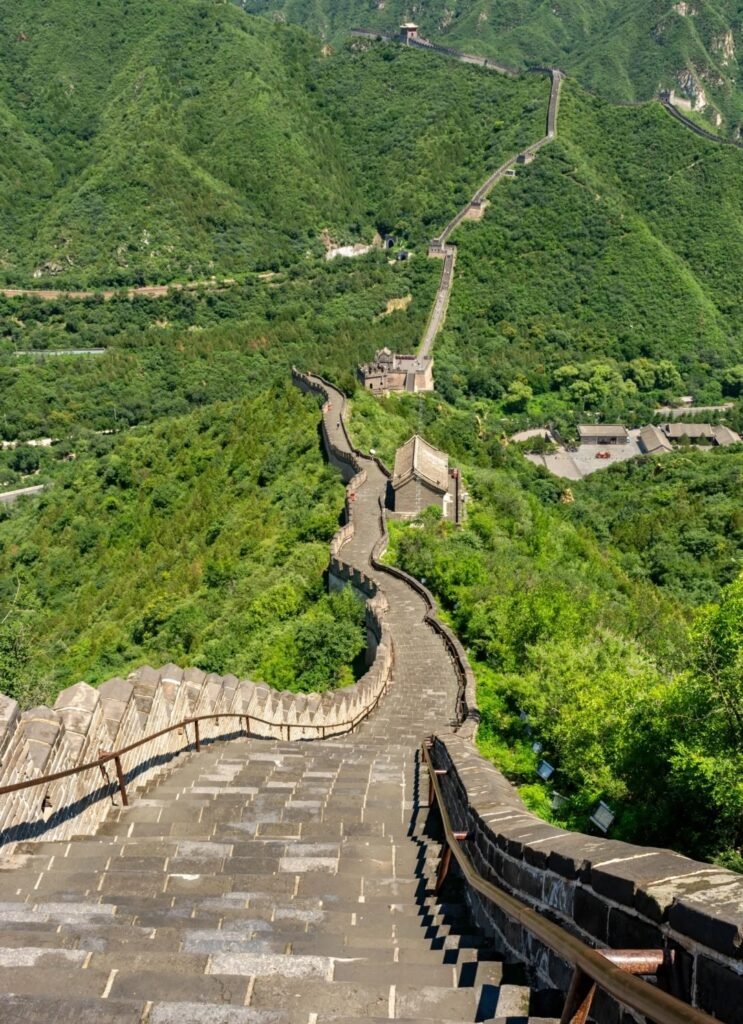
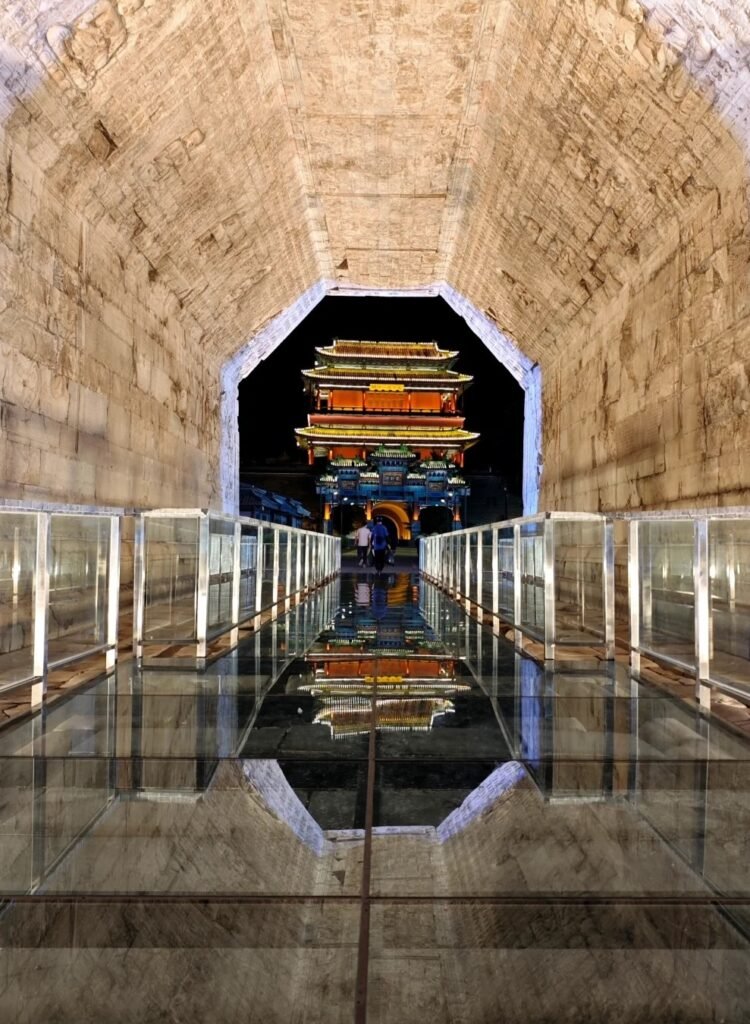
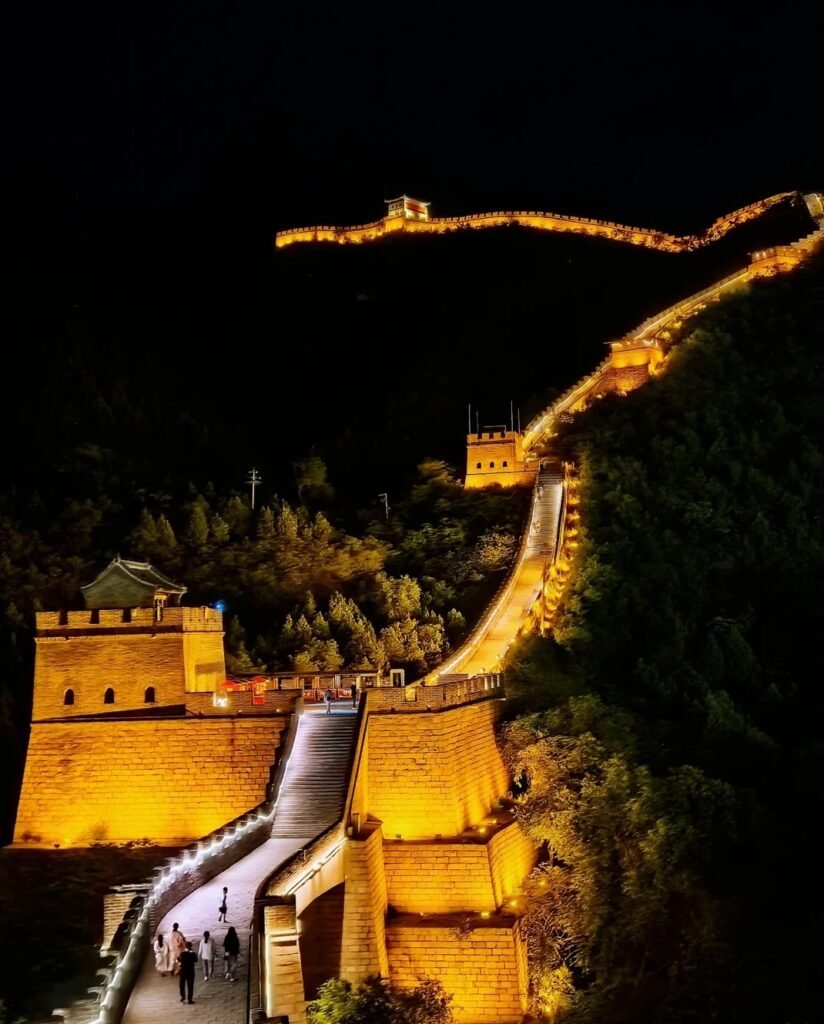
I love Juyongguan for its rich historical significance. It was the last major defense before reaching Beijing, a stronghold that witnessed the rise and fall of dynasties. Imagine countless armies marching through these rugged mountains, determined to claim the capital. If Juyongguan was breached, Beijing was left defenseless. Each dynasty understood its vital role, and the battles fought here weren’t just military conflicts—they were turning points in history.
Fitting for such a strategic location, Juyongguan boasts some of the steepest climbs on the Great Wall. Brace yourself for a heart-pounding challenge—legs burning on the way up, shaking on the way down, and your spirit soaring from the sheer thrill and awe. The best part? The steep terrain tends to keep the crowds at bay, making it a quieter experience despite being the closest section to Beijing.
Best for: History buffs, quick visit with fewer crowds, anyone up for a workout.
Keep in Mind: Your legs are all you’ve got to climb the walls—there is no cable car here!
Climbing Tips: The wall forms a circular loop, with a street separating the route into the West and East section. The East section (watchtower 1-6) is flatter, shorter, and easier to climb. Organized tour groups usually visit the East section. The West section (watchtower 7-14) is steeper, longer, and a bit more challenging, but that’s what makes it quieter, with fewer visitors willing to tackle the tougher terrain. You can choose one section or climb both in a loop. Watchtowers 12-14 are the steepest, so climbing counterclockwise may be easier.
Huanghuacheng (黄花城): Where the Wall Meets the Water
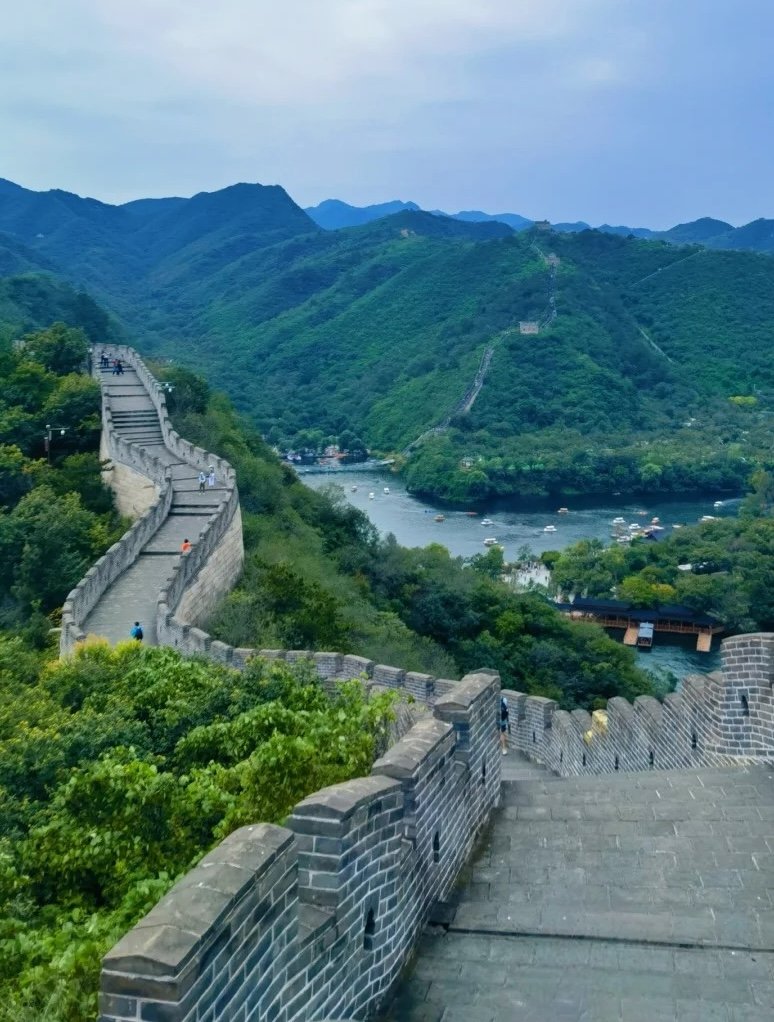
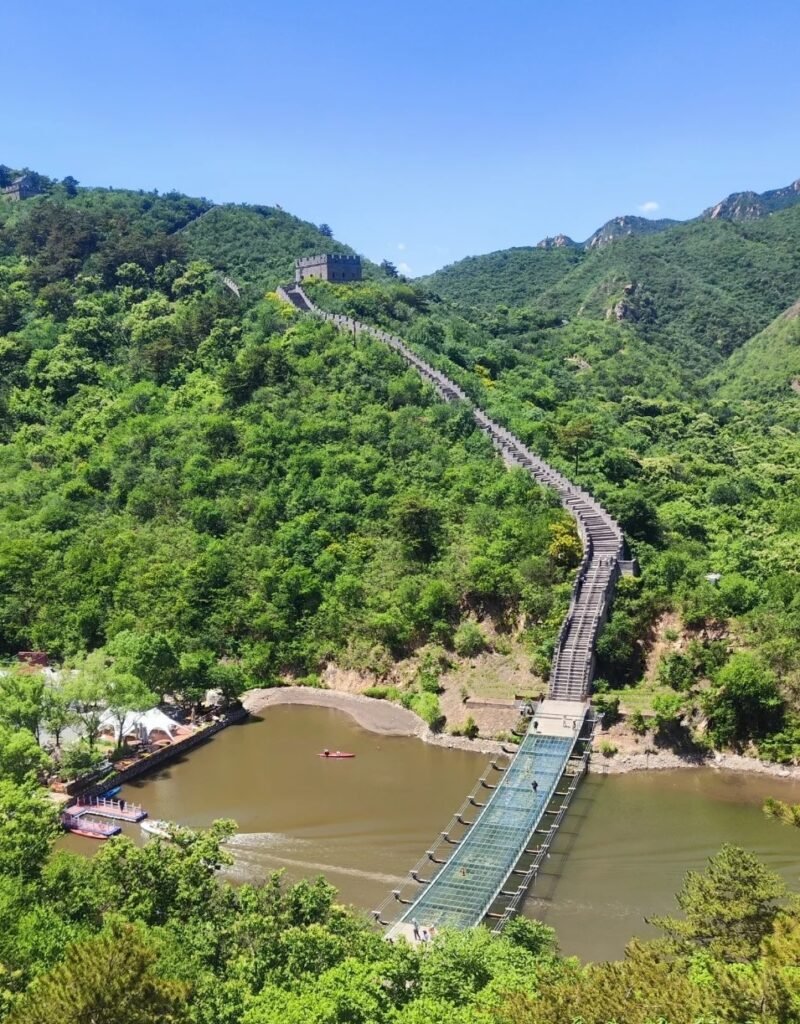
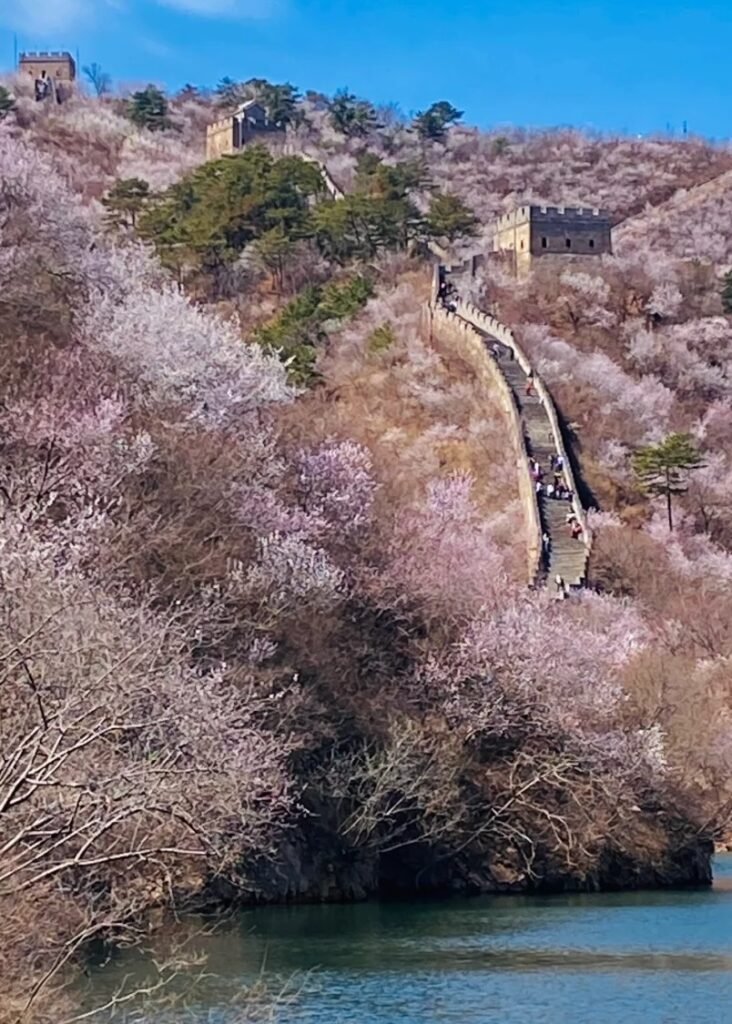
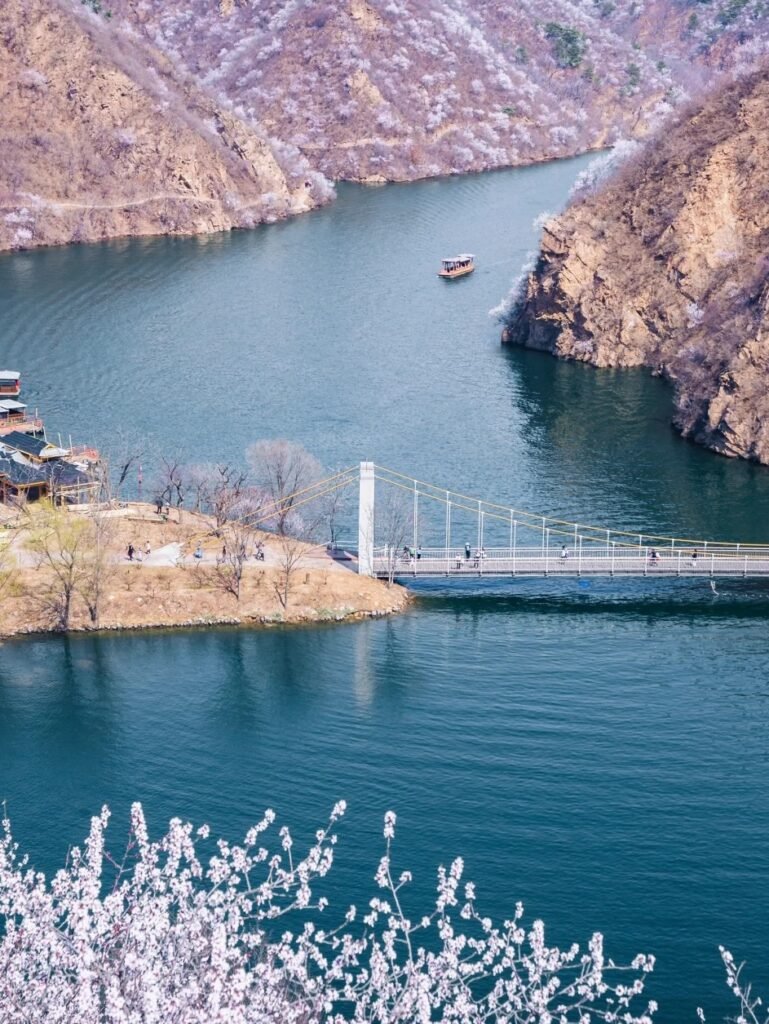
Huanghuacheng, or the “Water Great Wall,” is one of the most unique sections of the Great Wall to visit. Here, parts of the Wall are submerged in a reservoir built in the 1970s, creating a rare and picturesque scene of the Wall dipping into and emerging from the water. These sections are now linked by bridges, including a glass bridge that offers a fun and scenic way to move between sections. Alongside hiking the rugged paths for panoramic views, you can enjoy a boat ride to admire the Wall from the water or even try out some water activities. There’s also a magnetic tram that can take you up or down the hill, perfect if you want to skip the steep climbs.
Best for: Nature lovers, families, and anyone seeking a unique take on the Great Wall.
Jinshanling (金山岭): A Hiker’s Dream
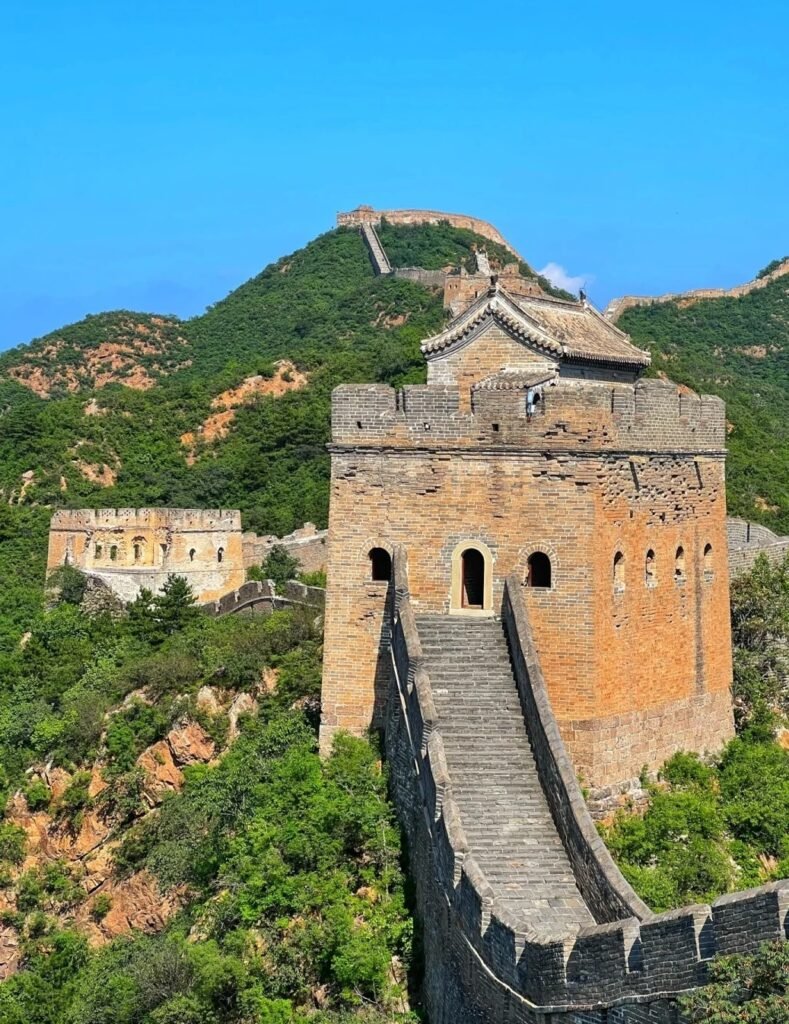
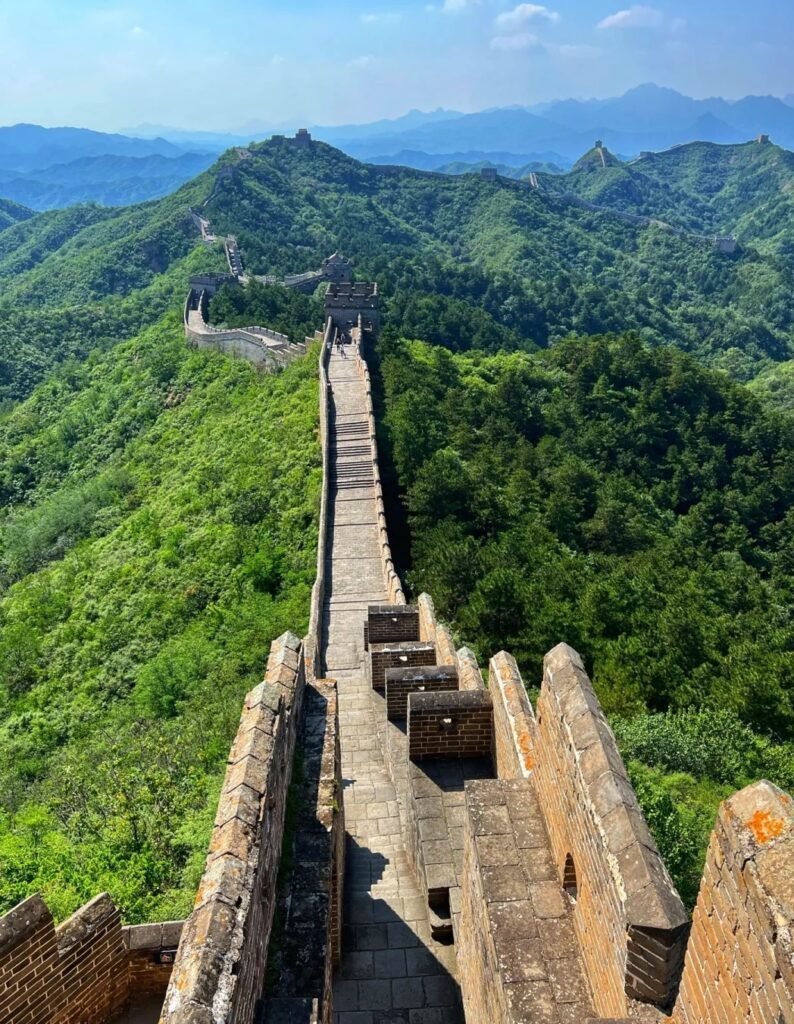
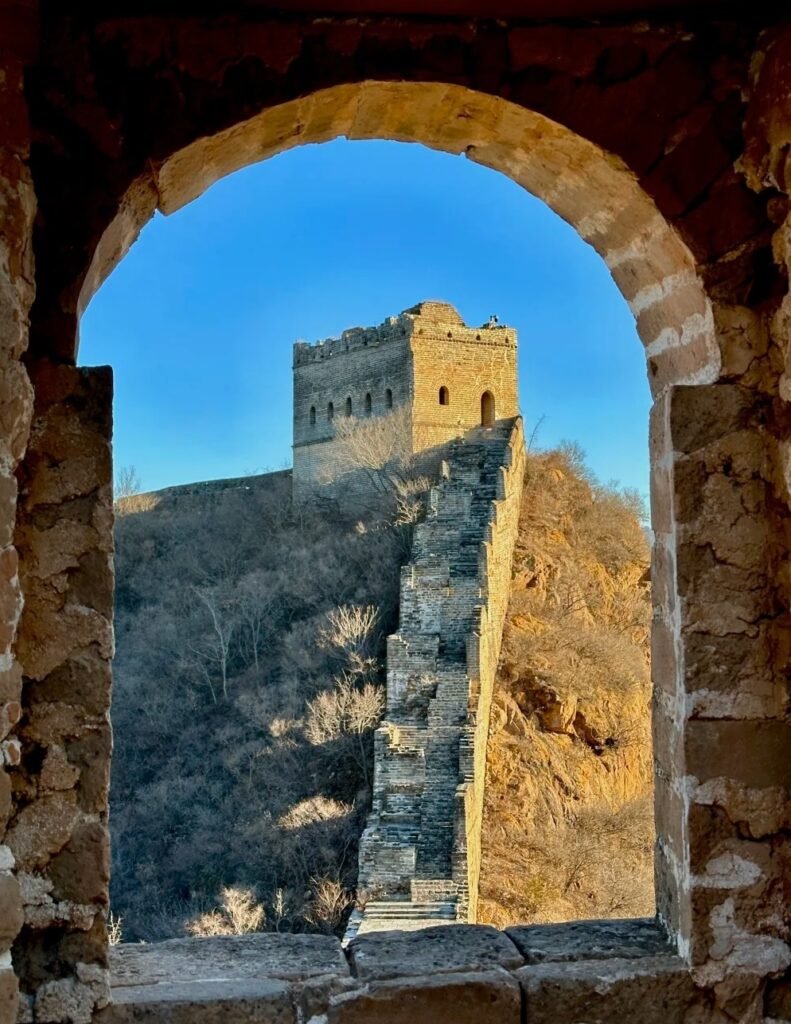
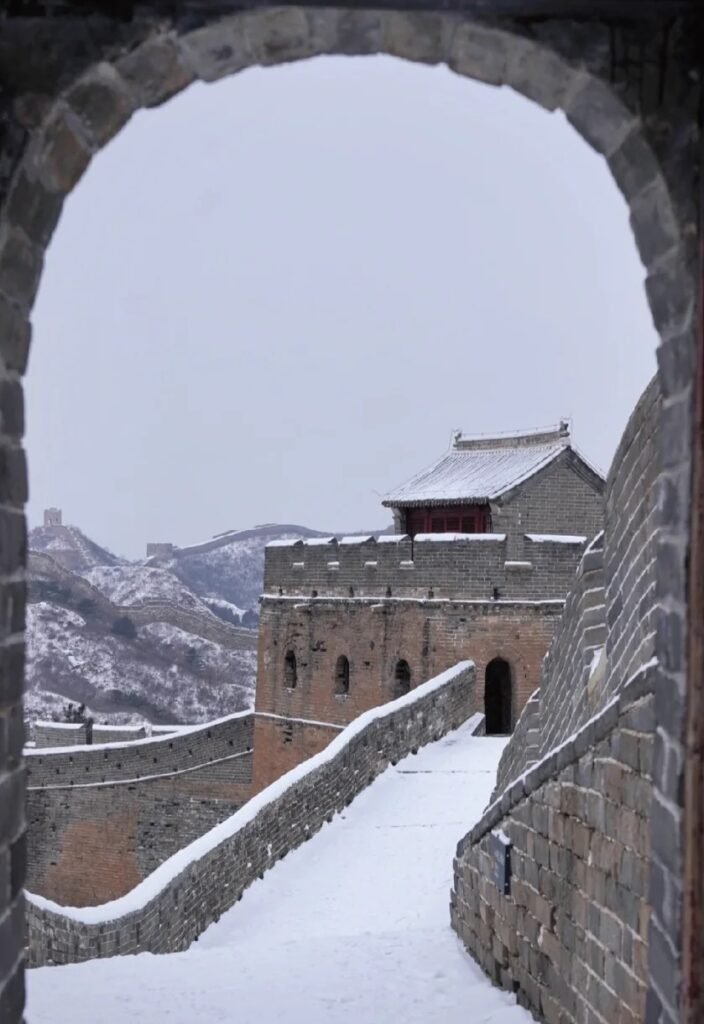
Jinshanling is often hailed as one of the most stunning sections of the Great Wall. With its rolling hills, ancient watchtowers, and walls stretching endlessly into the horizon, the views are truly spectacular—especially during sunrise or sunset when the scenery becomes downright magical. A bit farther from Beijing, it offers a quieter, more immersive experience, perfect for escaping the crowds. It’s also conveniently located near Simatai, making it ideal for a 2-day Great Wall adventure. The trails are moderately challenging, which hikers will love, and if you’re into photography, you’ll be spoiled for choice with jaw-dropping angles everywhere you look.
Best for: Hikers, photographers, and those seeking a mix of restored and wild sections.
Simatai (司马台): Authentic and Adventurous
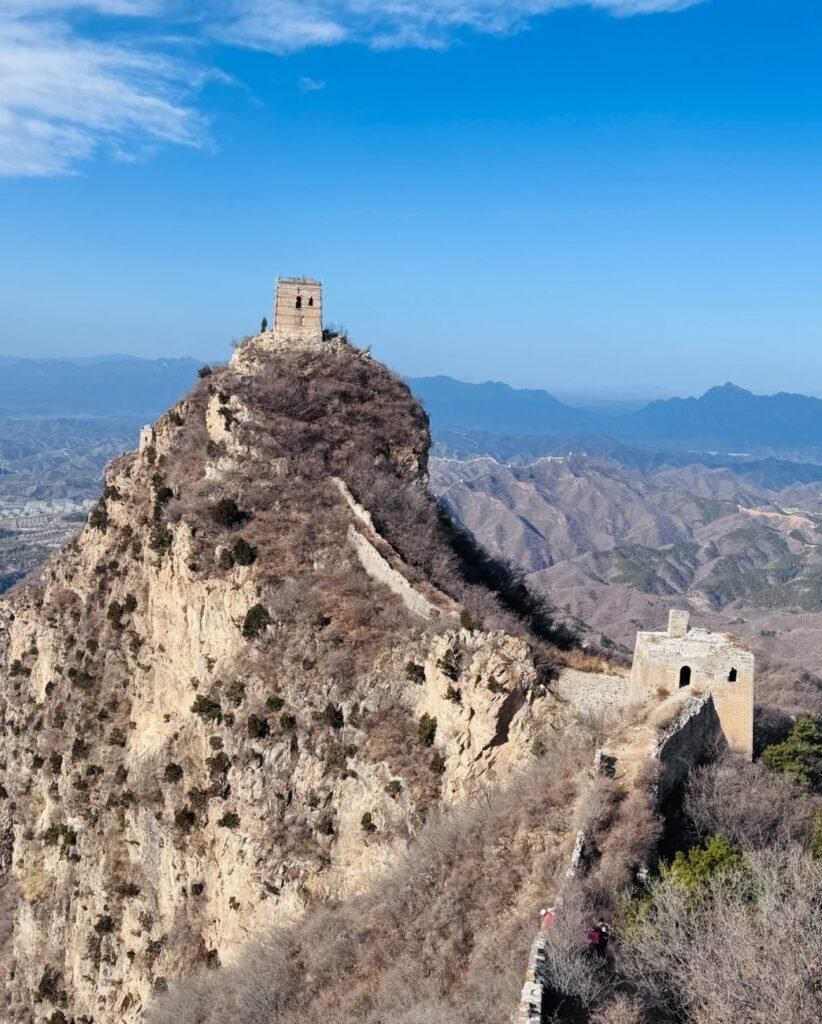
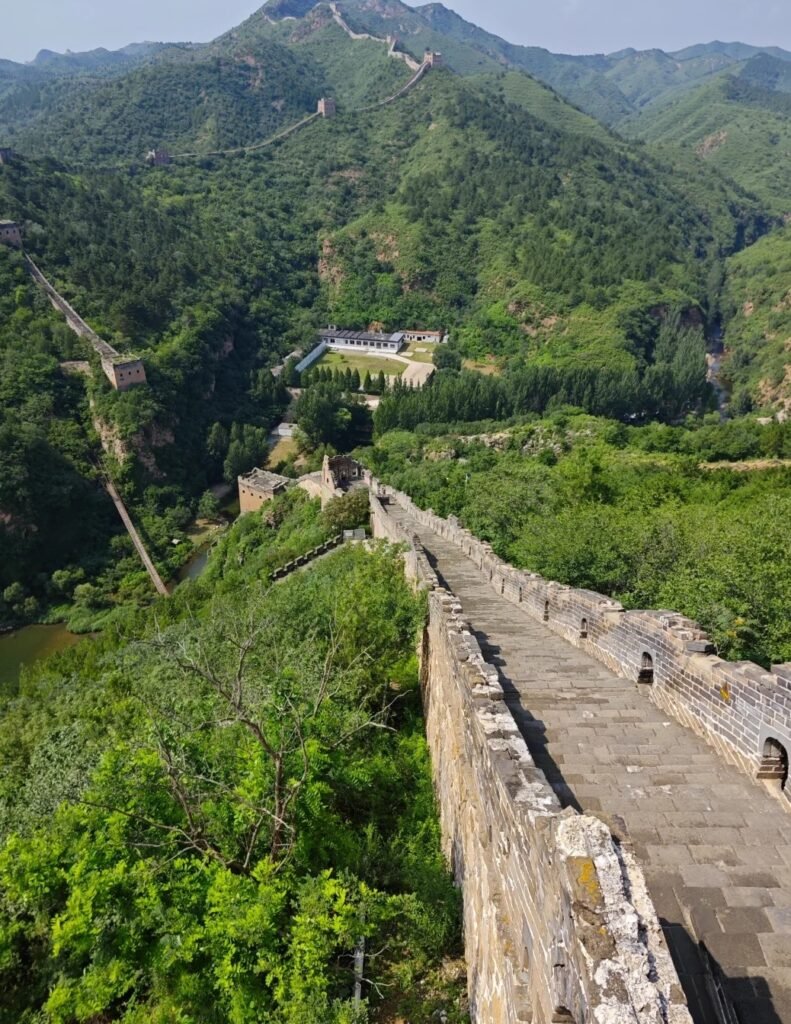
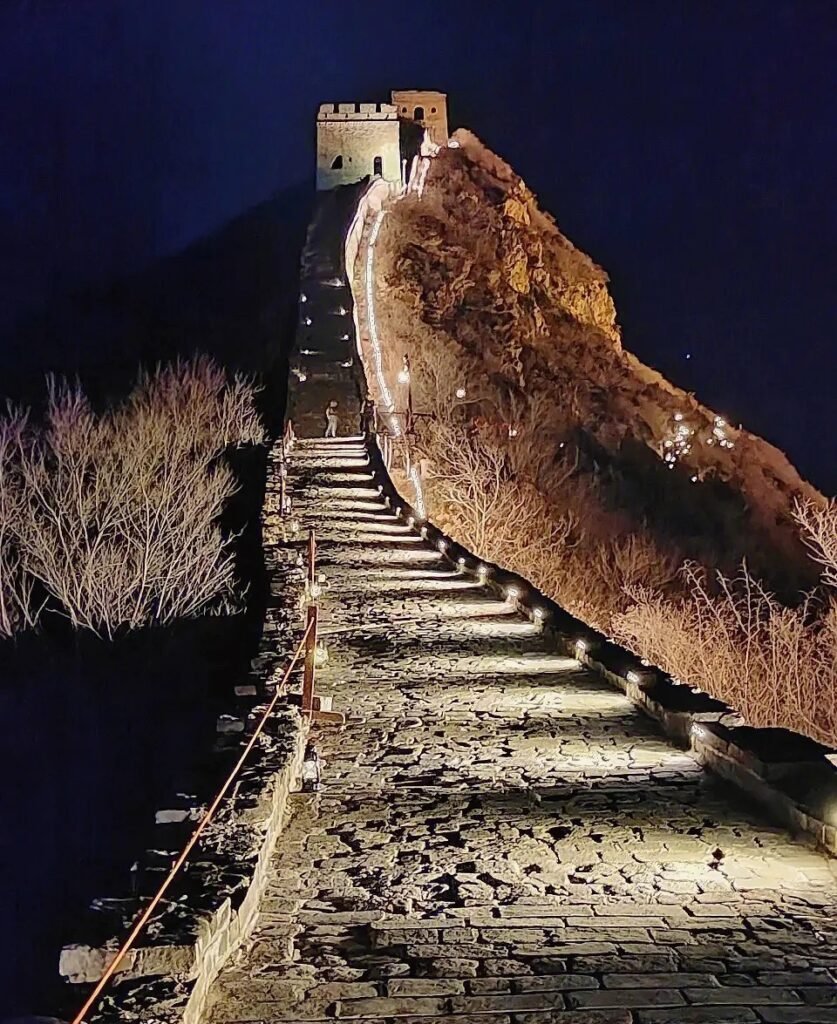
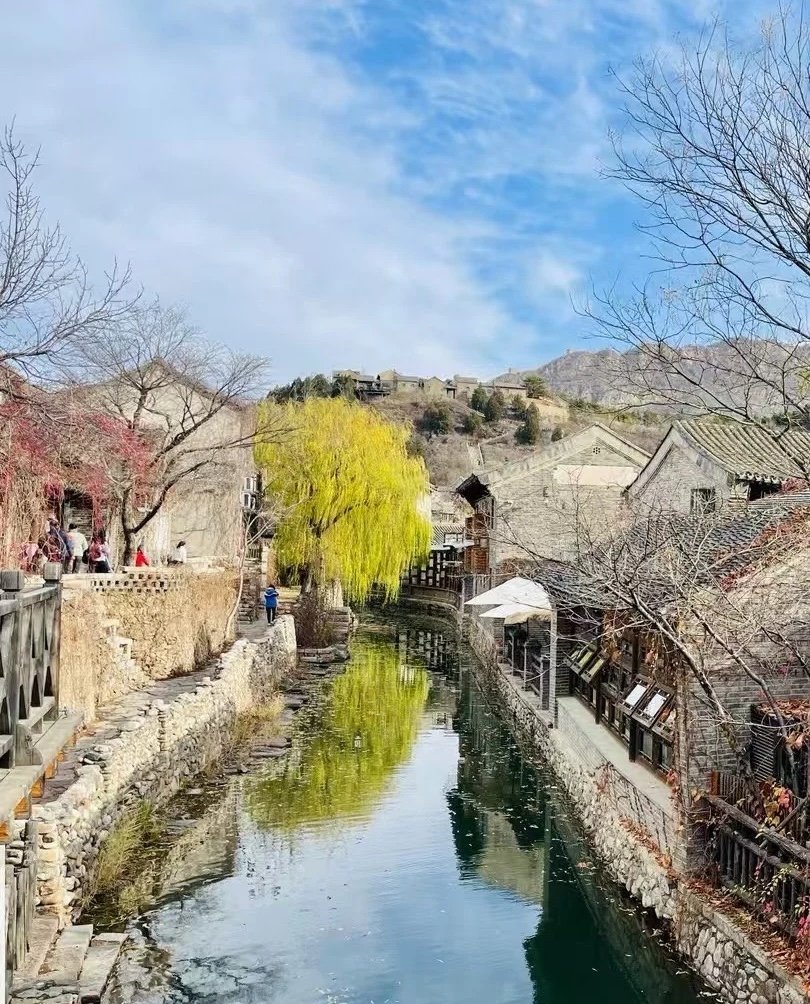
Simatai is a true gem for anyone craving an authentic Great Wall adventure. Unlike other polished and reconstructed sections, it remains largely unrestored, showcasing a rugged beauty that has withstood the test of centuries. For thrill-seekers, the legendary Single-Sided Wall offers one of the most daring climbs on the Great Wall. This narrow, shoulder-width path clings precariously to a razor-sharp ridge, with sheer cliff drop-offs on one side and panoramic views that are absolutely breathtaking (take a peek at the video below). What makes Simatai even more magical is its tranquility—untouched and unrestored, it offers a rare opportunity to experience the Wall in solitude, away from the crowds, and truly connect with its ancient beauty. Simatai, along with nearby Jinshanling and Gubei Water Town, offers the perfect 2-day Great Wall getaway from Beijing.
Best for: Authentic Great Wall experiences, adventure hiking, and finding tranquility in solitude.
Keep in Mind: The Single-Sided Wall is located outside the Simatai Tourist Area and can be a dangerous hike, so it’s best suited for experienced hikers. For a more relaxed visit, there is still plenty of great hiking within the Simatai Tourist Area, with up to 10 watchtowers to explore.


